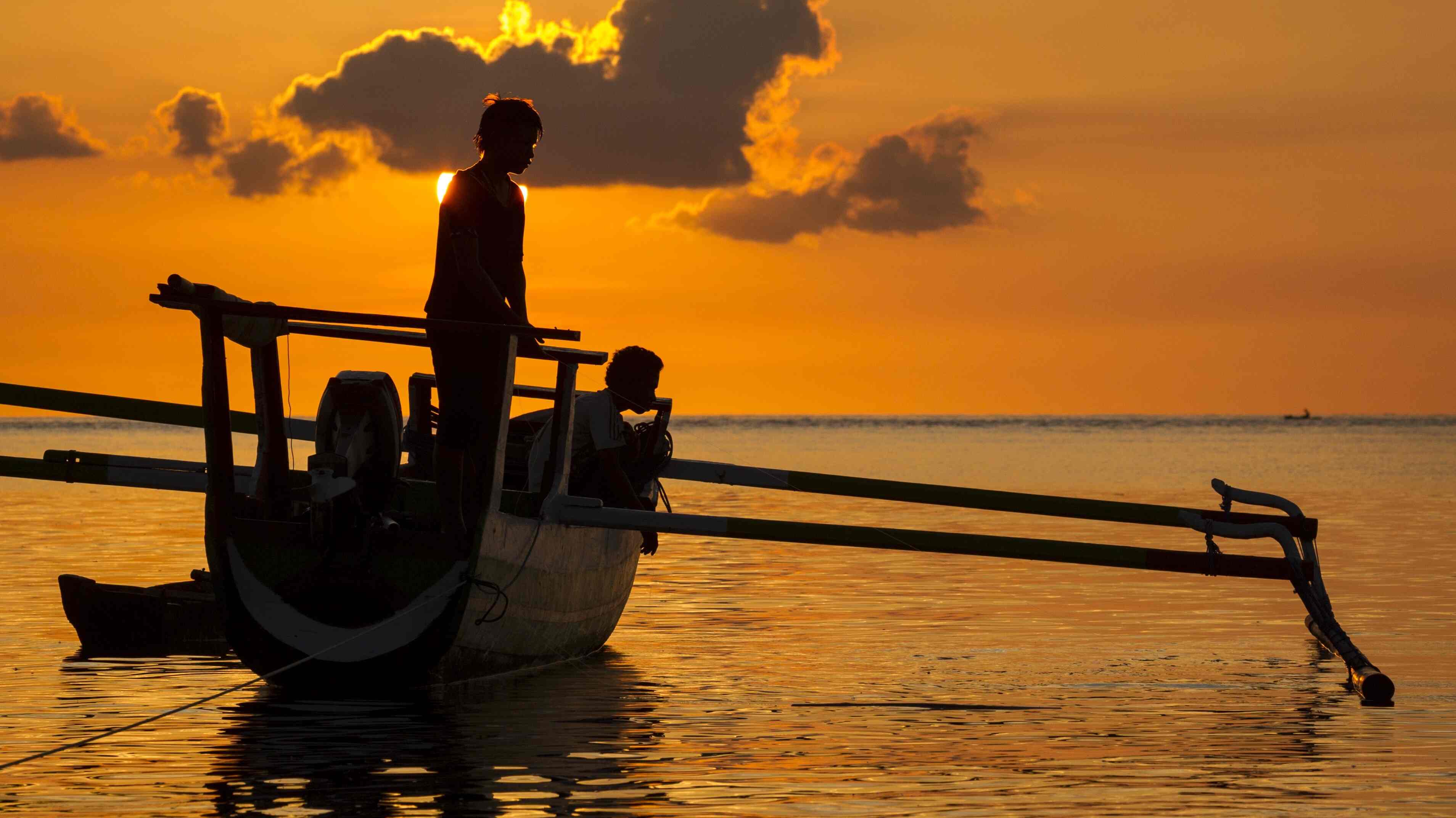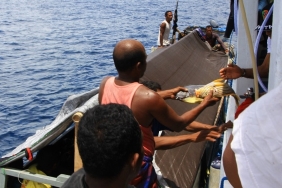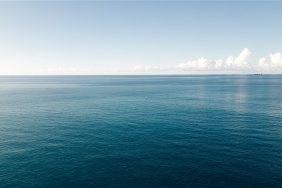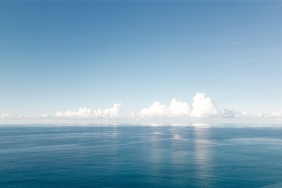BECOME A RESEARCHER IN THE CORE ZONE OF A CONSERVATION AREA
By: Bima Prasena (Escapade)
"The American-made BCD (Bouyancy Compensator Device) is oversized!" I said while keeping myself balanced on the Menami boat that was moving right and left due to the waves.
Well, what the heck, since my BCD was in elementary school, it was fortunate that Menami had brought a lot of spare diving gear, but the medium size was already used up, so I used the "Large" BCD which hugged my body perfectly.
My first dive on #XPDCALORFLOTIM was at a spot just north of Larantuka. Yes! I finally got to experience diving in the core zone of a Marine Protected Area (MPA).
A rare opportunity like today is not just anyone can because the Core Zone can only be entered and even dived by people doing research activities, lucky right I was in this XPDCALORFLOTIM team helping researchers take pictures and document activities.
Diving in the core zone means we can see what others cannot. As special as this research is, don't expect travelers and tourists to be able to enter an area like this. Because it will violate the regulations, and moreover it will damage the ecosystem under the sea.
Divers who come to the core zone of a conservation area, of course, must have a reciprocity that is useful for the area. As was done in this expedition, collecting repetition data on the health condition of the reef ecosystem, as a reference for recommendations for better management of the area in the future.
Expeditions do take a lot of things, both time, energy, thoughts, and money. But, if you think about the benefits for the environment, I think the sacrifices of these researchers are worth it. Me? I'll be joining the good core zone researchers on this expedition, seeing and doing things that not everyone can do. Happy expedition!





